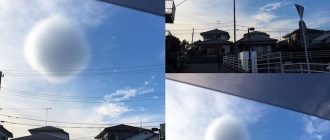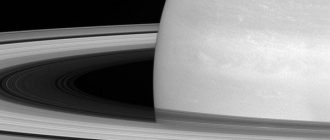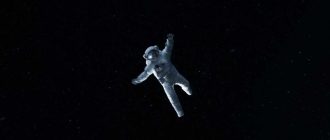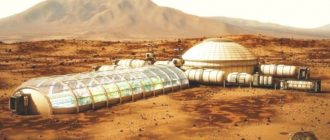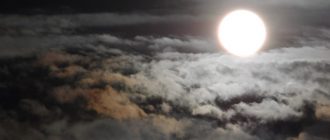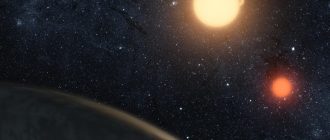
Currently, the US space agency aims to collect samples from the potentially dangerous asteroid Bennu. Moreover, the other day they presented the most detailed map of this object to date.
This map of the surface of asteroid Bennu is a mosaic of images collected by the OSIRIS-REx spacecraft between March 7 and April 19 last year. The US Space Agency has confirmed that 2,155 PolyCam images have been stitched together and corrected to produce this detailed map.
Detail is 5 cm per pixel. The NASA spacecraft collected these images at distances from 3.1 to 5 kilometers above the asteroid's surface. Full-size mosaic versions are available for download here (mosaic only) and here (coordinate system mosaic).
This summer, the OSIRIS-REx spacecraft will make NASA's first ever attempt to touch the surface of an asteroid, collect samples and return safely. However, more than a year has passed since the arrival of the device on the asteroid Bennu. This is due to the fact that the surface of the object turned out to be much more rocky than previously thought. It is literally littered with boulders.
The mission originally envisioned a landing area of 50 meters in diameter, but the largest safe areas on Bennu were much smaller. The largest section is only 16 meters wide, which is about 10 percent of the assumed safe area.
The team realized they needed more accurate navigation techniques that would allow the spacecraft to accurately target very small areas while avoiding potential hazards. Using these dangerous boulders as signposts, the mission team developed a new precision navigation method to address this issue.
The original plan was to use a LIDAR system based on laser pulses rather than radio waves. However, in the face of this problem, the OSIRIS-REx team switched to a new navigation method called Natural Feature Tracking.
It provides broader navigation capabilities than LIDAR and is key to getting the spacecraft into a much smaller sampling area. The method is based on optical navigation and requires the creation of a catalog of high-resolution images on board the spacecraft.

